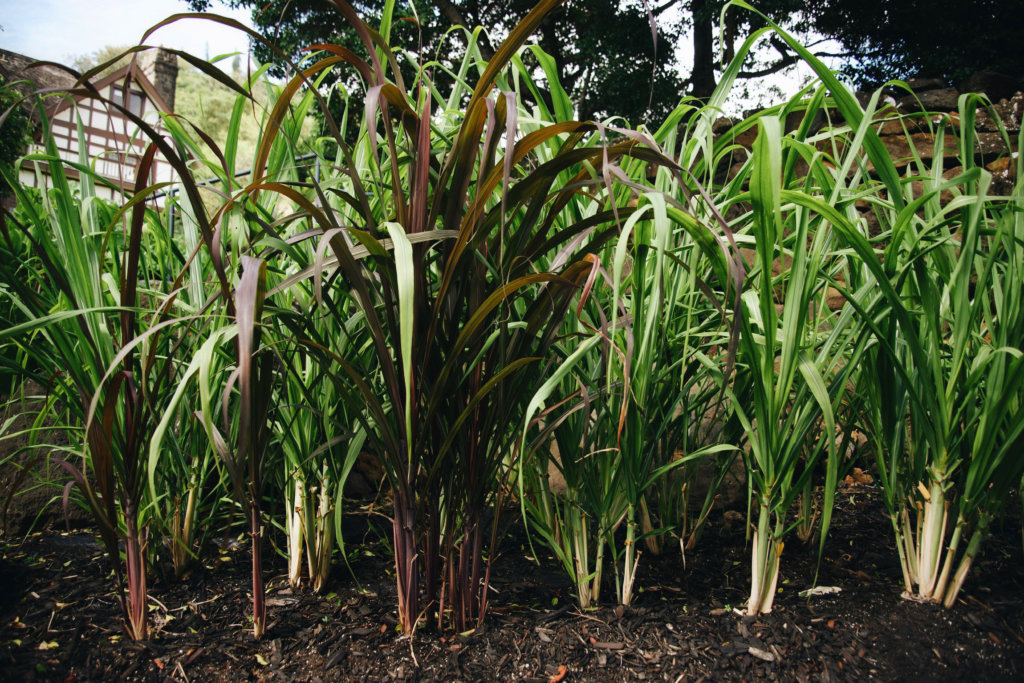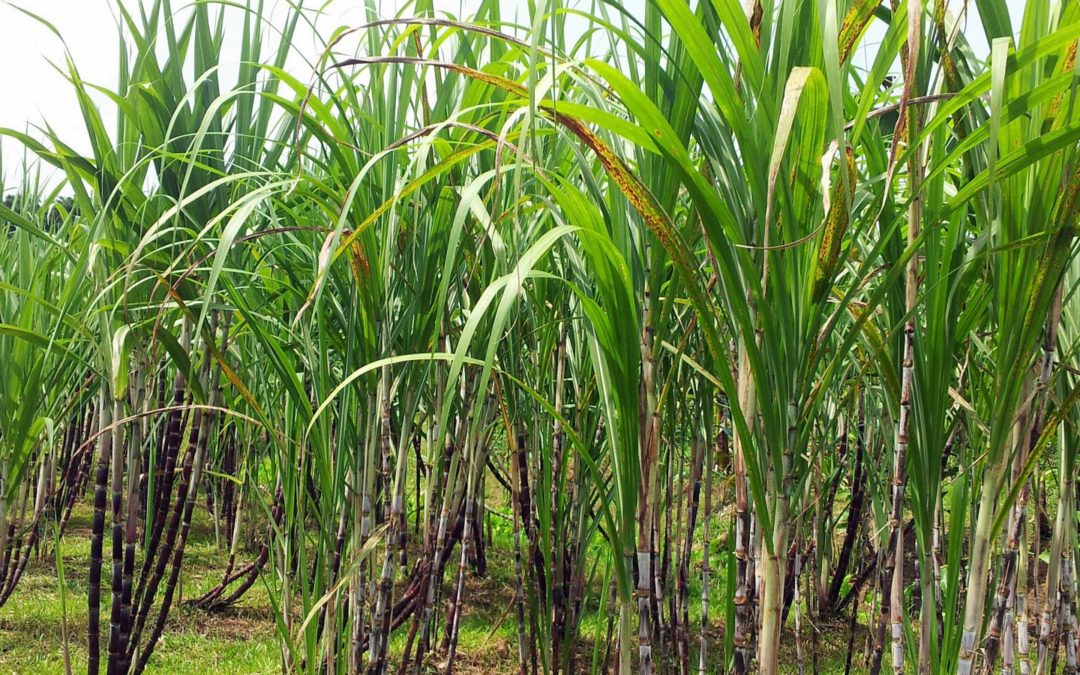The Healthier Alternatives to Sugar and Cane for Natural Sweetness
The Healthier Alternatives to Sugar and Cane for Natural Sweetness
Blog Article
Why Walking Stick Sugar Handling Chemicals Are Crucial for Modern Sugar Refining
The duty of walking cane sugar handling chemicals in contemporary sugar refining can not be overstated, as they are important to improving both the effectiveness of extraction and the overall quality of the final item. Representatives such as phosphoric acid and certain flocculants are utilized to get rid of impurities, resulting in sugar that not only meets customer assumptions however likewise adheres to sector criteria.
Function of Processing Chemicals
The efficacy of walking cane sugar handling hinges considerably on the tactical application of handling chemicals. These chemicals play a crucial role in enhancing the performance and high quality of sugar extraction and refining. From the initial phases of juice extraction to the last filtration steps, handling chemicals promote numerous important procedures.
In the removal stage, chemicals such as phosphoric acid and calcium hydroxide are utilized to optimize the explanation process, helping to get rid of pollutants and suspended solids from the walking cane juice. This not only improves the return but additionally makes sure the clarity of the end product. In addition, agents like flocculants help in the fast settling of impurities, consequently improving the total process.
Triggered carbon and ion exchange materials offer to eliminate color and odor, making certain that the polished sugar meets consumer top quality standards. Thus, the thorough selection and application of these chemicals are crucial for accomplishing optimal outcomes in cane sugar processing.
Secret Kinds of Chemicals
Walking cane sugar handling depends on a range of vital chemicals that help with each phase of manufacturing. These chemicals play important functions in making clear, whitening, and cleansing the sugar extracted from walking cane.
One key classification of chemicals includes flocculants, such as polyacrylamide, which help in the clarification procedure by advertising the gathering and settling of impurities. Additionally, calcium hydroxide is often employed to reduce the effects of acidity and aid in the removal of non-sugar parts.
Lightening representatives, such as turned on carbon and sulfur dioxide, are made use of to decolorize the syrup, leading to a more clear final item. These chemicals help eliminate color compounds that may influence the sugar's appearance and bankability.
Additionally, phosphoric acid functions as a pH regulatory authority throughout the processing phases, making certain ideal problems for the chemical tasks associated with sugar extraction and purification.
Various other crucial representatives include edta (ethylenediaminetetraacetic acid), which chelates steel ions that might militarize undesirable reactions, and sodium hydroxide, which assists in pH control throughout the refining process. Collectively, these chemicals improve efficiency and guarantee a high-quality walking stick sugar item.
Advantages for Sugar High Quality
Often forgotten, making use of particular processing chemicals significantly boosts the general quality of cane sugar. These chemicals play a crucial duty in refining procedures, ensuring that the end product meets rigid sector criteria for purity and taste.

Additionally, processing chemicals help in accomplishing a constant granulation and texture, which are crucial for customer acceptance. By controlling the condensation process, these chemicals make sure that the sugar crystals form uniformly, causing an extra appealing item that liquifies well in various applications.
Moreover, the use of these chemicals can improve the rack life of walking cane sugar by lessening moisture absorption and microbial development. Overall, the strategic application of handling chemicals is essential for supplying top notch walking cane sugar that fulfills customer assumptions and industry needs.
Environmental Influence Considerations

Furthermore, the energy-intensive nature of sugar refining, compounded by chemical usage, usually causes increased carbon emissions. This adds to climate modification and raises worries concerning the sustainability of current refining methods. In addition, the sourcing of these chemicals might include techniques that endanger biodiversity, such as monoculture farming, which reduces the resilience of farming ecological communities.

To mitigate these effects, sugar refiners are significantly discovering sustainable alternatives and adopting finest practices that reduce chemical usage. Carrying basics out extensive ecological administration systems can aid ensure that the refining process lines up with ecological requirements and promotes biodiversity. Ultimately, a balanced technique that prioritizes both sugar high quality and ecological stewardship is vital for the long-term practicality of the sugar sector.
Future Trends in Refining
As the sugar market comes to grips with the environmental difficulties associated with standard refining techniques, innovative techniques are emerging to improve both efficiency and sustainability. One significant fad is the adoption of eco-friendly chemistry concepts, which focus on making use of safe, biodegradable processing chemicals. This change not just minimizes environmental impact but likewise addresses consumer demand for cleaner manufacturing methods.
One more promising development her explanation is the application of innovative filtration modern technologies, such as membrane separation and adsorption procedures. These strategies boost the clarity and top quality of the sugar while decreasing the quantity of wastewater produced during refining. Additionally, the integration of electronic modern technologies, consisting of IoT and AI, is changing functional performance by allowing real-time tracking and anticipating upkeep, therefore minimizing source waste.
Furthermore, making use of byproducts from sugar refining, such as bagasse and molasses, is obtaining traction. These products can be converted right into biofuels or value-added items, adding to a circular economy within the market. Collectively, these trends signify a change in the direction of more sustainable methods that not only boost find out here now functional efficiency but also align with global sustainability goals, making sure the future viability of sugar refining.
Conclusion
Walking stick sugar handling chemicals are essential in modern sugar refining, significantly enhancing the efficiency and top quality of sugar removal. The calculated use these chemicals not just enhances the pureness and flavor of the final product but additionally makes sure consistent crystallization and appearance. As the sector progressively prioritizes sustainability, the fostering of environmentally-friendly processing agents is most likely to form future patterns in refining, ultimately bring about better products and extended life span for customers.

Eventually, a balanced approach that focuses on both sugar top quality and ecological stewardship is important for the lasting viability of the sugar sector.
Walking cane sugar handling chemicals are crucial in contemporary sugar refining, dramatically enhancing the performance and high quality of sugar extraction.
Report this page